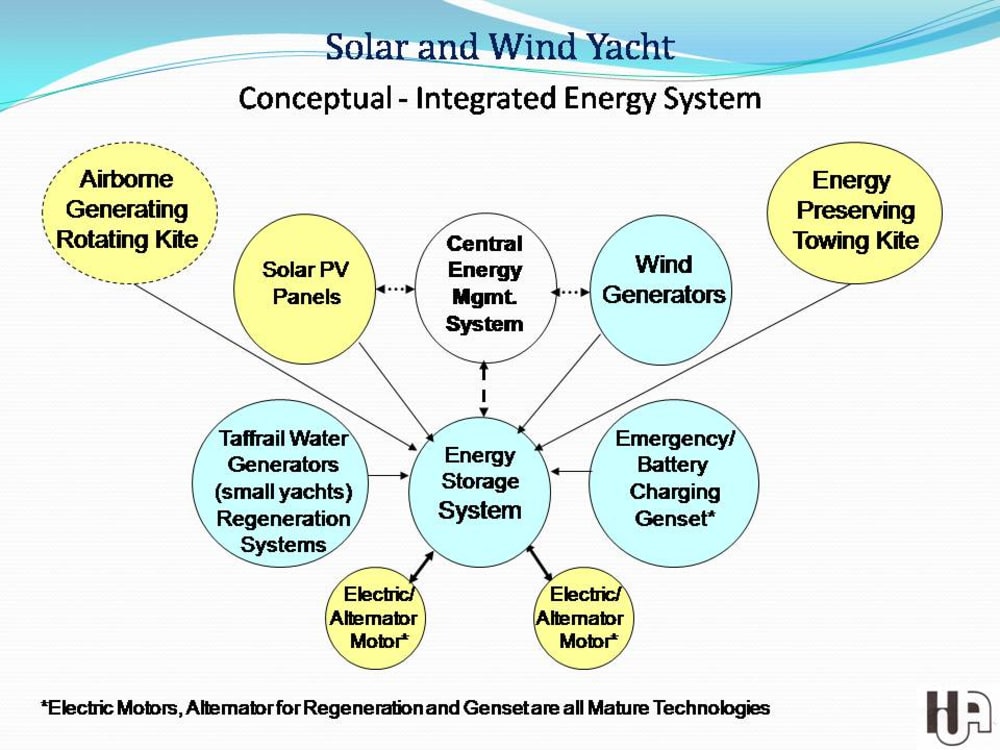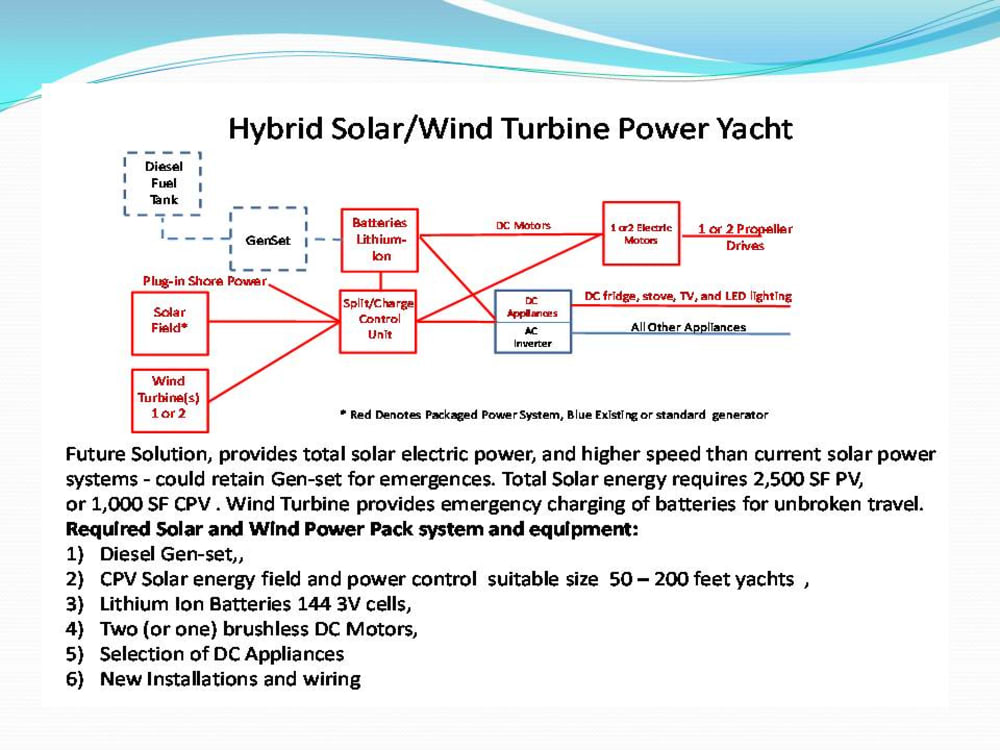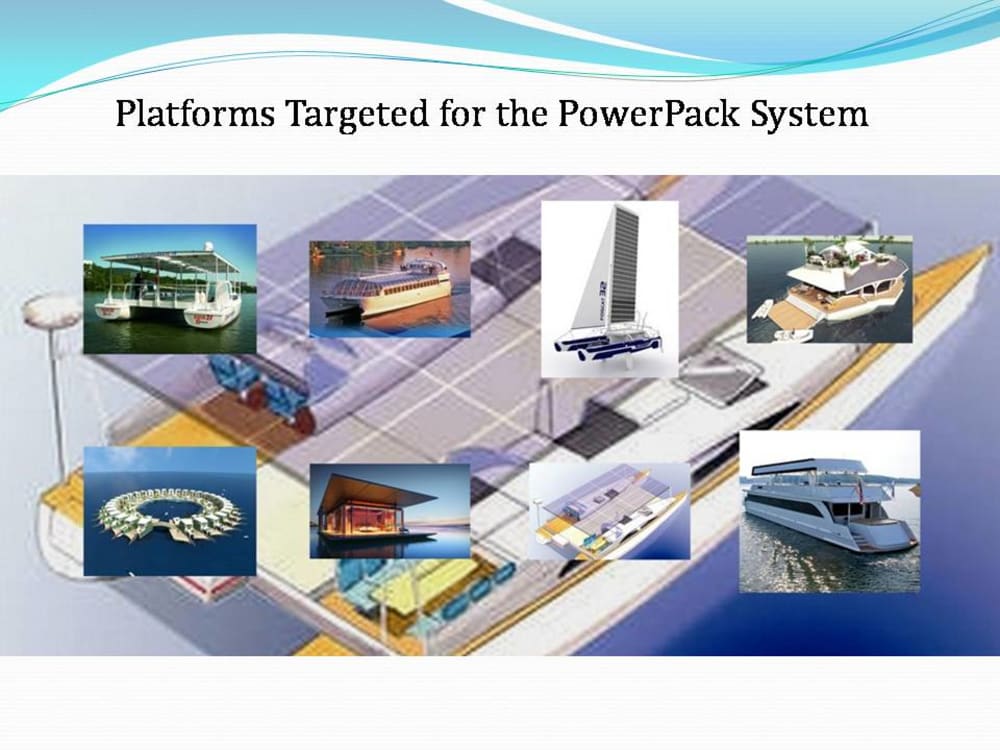Perpetual Mobility and Sustainment on Water –
Net Zero Cost No Longer a Panacea
In September of 2009 Planet Solar became the first solar only powered vessel to circumnavigate the planet - to prove the feasibility of solar generated electricity as a source of power to move vessels in perpetuity without the use of fossil fuels. In 2012 HJA Solutions studied Planet Solar’s performance to identify improvements for a next generation vessel design for perpetual travel on water both for commercial vessels, yachts and pleasure boats.
Planet Solar’s around the world trip took place with frequent stops in many cities to promote solar power for perpetual travel. The most common speed during sunny days was 6-8 knots with 48 hours of battery capacity for mobility during times when the sun was absent. The overall average underway speed throughout the circumnavigation (40,000km/26,400 miles) was only 3-4 knots, an observation that may show that Planet Solar is not yet economical for commercial transit based on the 2009 solar technology used.
The new HJA Solution PowerPack architecture illustrates a range of element of renewable energy options for a Hybrid Solar Vessel that will make it totally independent of fossil fuel for travel at meaningful speeds. By using CPV solar as the main power source it makes it possible to substantially reduce the solar field and correspondingly the sizes of any vessel - allowing for more energy for larger vessels as well as introducing opportunities to retrofit existing vessels – by the application of the following new technologies:
1. New CPV Solar Power generation with 43.6% cell efficiency double the output of today’s 25% PV panels,
2. New CPV hydraulic tracking that position panels at right angle to the sun, giving 30% improved output,
3. New LiFePO4 batteries 60% improved, with 43% better recharge rate and the system at half the weight,
4. New ducted Wind turbines that at 12m/s wind speed, output of 13Wh/d - double current wind turbines,
5. New Heat Pipe/Heat Pump technology saving onboard heating/cooling by 40% during sunny periods,
6. New Computerized Management System and Electronic Systems that maximizes energy use.
An 80 foot planned prototype Hybrid Solar Vessel integrated with the above listed technologies can operate with a 1,700SF CPV solar energy field at double the speed of Planet Solar (5,839SF at 3.5kns); and wind turbine that will meet the onboard Hotel Load and augment battery charging satisfying commercial requirements. Three years of solar field power developments has now made it possible to consider reasonable perpetual mobility and sustainment on water at zero cost for use in vessels from 80 to 300 feet. By integrating all energy collection into a complete overarching system, it will have a cascading downward impact on the availability of power for mobility and sustainment. For the foreseeable future, the Hybrid Solar Vessels up to 300 feet can be totally independent of fossil fuel in perpetuity and at the same time lessen impact on the environment.
An excerpt of the 6,755 word illustrated Study.
Like this entry?
-
About the Entrant
- Name:Henning Jacobsen
- Type of entry:individual
- Software used for this entry:Integrated Life Cycle Cost System
- Patent status:none








